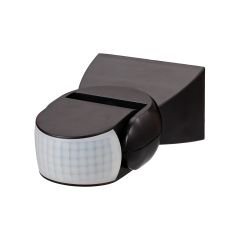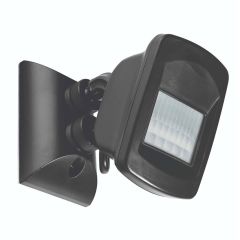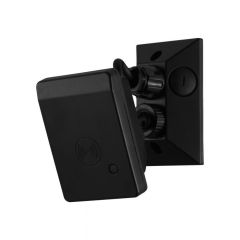High Traffic Areas: Placing motion sensors in high traffic areas is a key strategy for optimal performance. These areas typically include hallways, entryways, and corridors where people frequently move. By positioning motion sensors in these locations, you ensure comprehensive coverage and accurate detection of movement, minimizing blind spots and false alarms.
Corner of a Room: Another effective placement for motion sensors is in the corner of a room. This positioning provides a broader field of view, allowing the sensor to monitor a larger area. When placed in a corner, the motion sensor can detect movement across multiple directions and effectively cover the entire room.
Birds-Eye View: Mounting motion sensors in elevated positions that offer a birds-eye view can greatly enhance their performance. By placing them higher up, such as on ceilings or elevated surfaces, motion sensors can monitor a wider area and have a better vantage point to detect movement across the room. This placement is particularly useful for spaces with valuable assets or large open areas.
Over a Doorway: Installing a motion sensor over a doorway can be beneficial for security purposes. This placement allows the sensor to monitor entry and exit points effectively. When someone enters or leaves through the doorway, the motion sensor can detect their movement and trigger the appropriate response, such as activating an alarm or recording footage.
Basements: Basements are often considered vulnerable areas, making them suitable locations for motion sensor placement. By installing motion sensors in basements, you can detect any unauthorized entry or movement in these typically low-traffic areas. Ensure the motion sensors are strategically positioned to cover the entire basement space, including windows, staircases, and other access points.

















































